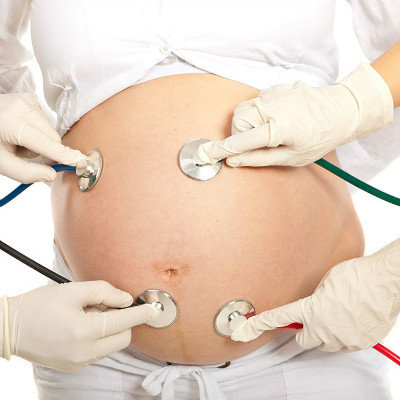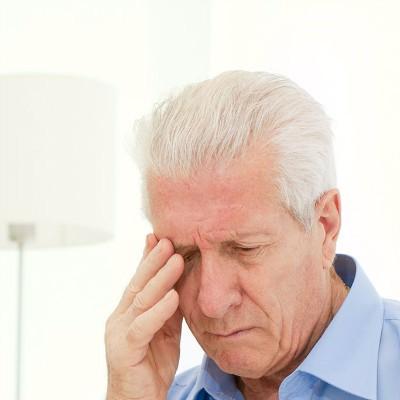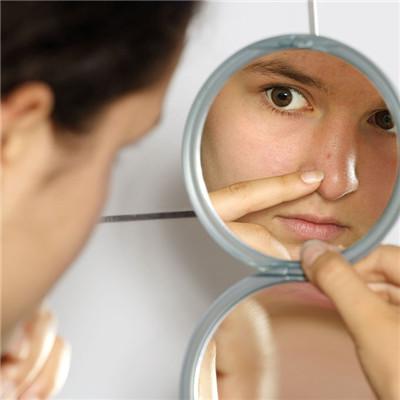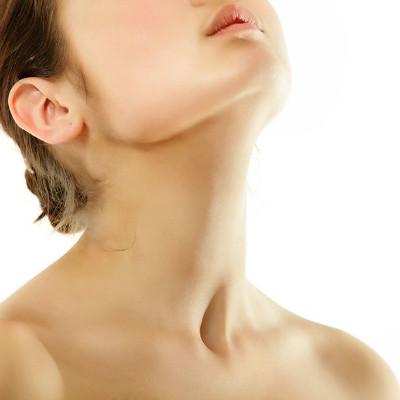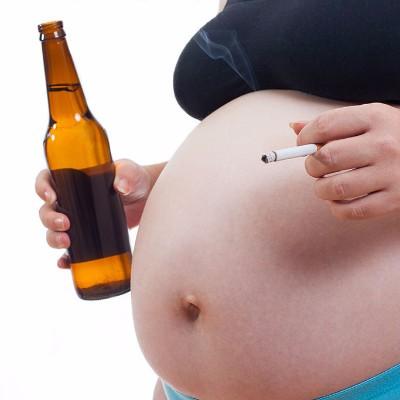What are the typical symptoms of malaria?
summary
Malaria is an insect borne infectious disease caused by the infection of Plasmodium through the bite of Anopheles mosquitoes or the blood transfusion of people with Plasmodium. There are four kinds of Plasmodium parasitizing on human body, namely Plasmodium vivax, Plasmodium vivax, Plasmodium falciparum and Plasmodium ovale. Plasmodium vivax and Plasmodium falciparum are the main pathogens in China; The other two are rare, and some cases imported from abroad are occasionally seen in recent years. Different Plasmodium species cause Plasmodium vivax, Plasmodium vivax, Plasmodium falciparum and Plasmodium ovale respectively. What are the typical symptoms of malaria? Let's talk about it
What are the typical symptoms of malaria?
The incubation period is defined as the period from human infection to onset (oral temperature exceeds 37.8 ℃). The incubation period includes the whole infrared period and the first reproductive cycle of the red period. Generally, vivax malaria and ovale malaria take 14 days, falciparum malaria takes 12 days, and three day malaria takes 30 days. The different quantity and strain of protozoa, the different immunity of human body and the different ways of infection can cause different incubation period. There are so-called long latency strains in temperate zone, which can last for 8-14 months. The incubation period of blood transfusion infection was 7-10 days. The incubation period of fetal malaria is shorter. The incubation period can be prolonged for people who have certain immunity or who have taken preventive drugs.
Chills, first for the extremities cold, quick back, body cold. Skin from goose bumps, lips, nails cyanosis, pale face, body muscles and joints ache. And then the whole body trembles, teeth tremble, some people cover a few beds quilt can't stop, last about 10 minutes, or even an hour, chills naturally stop, body temperature rise. At this stage, patients often have severe illness.
After the cold feeling disappears, the complexion turns red, cyanosis disappears, and the body temperature rises rapidly. Generally, the more obvious the cold feeling is, the higher the body temperature is, which can reach above 40 ℃. Patients with high fever are suffering. Some are restless and groan; Some delirium, pinch empty, even convulsion or unconscious; Some severe headache, stubborn vomiting. The patient had red face and shortness of breath; Conjunctival congestion; The skin is hot and dry; The pulse is flood and rapid; Urine is short and dark. Tell more about palpitations, thirst, cold drink. It lasts for 2-6 hours, and the individual time is more than 10 hours. Herpes is common in lip and nose after several attacks.
matters needing attention
Individual prevention refers to the protective measures taken by the residents of the malaria area or individuals who enter the malaria area for a short period of time in order to prevent mosquito bites, prevent disease or reduce clinical symptoms. Group prevention is to prevent the spread of malaria in high malaria areas, epidemic areas or large numbers of people who live in malaria areas for a long time. According to the weak links of transmission routes, we should choose economic, effective and easily accepted protective measures.


